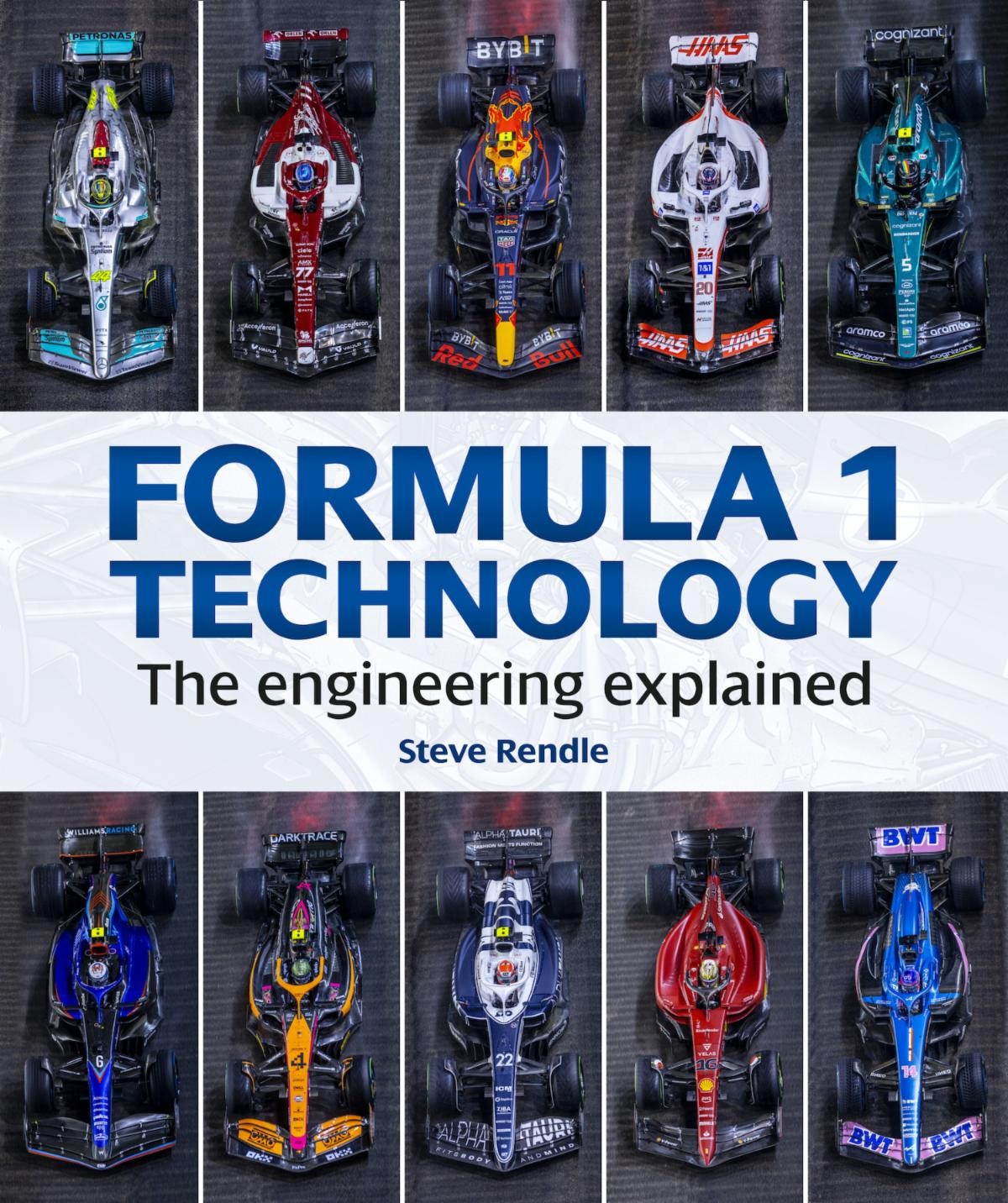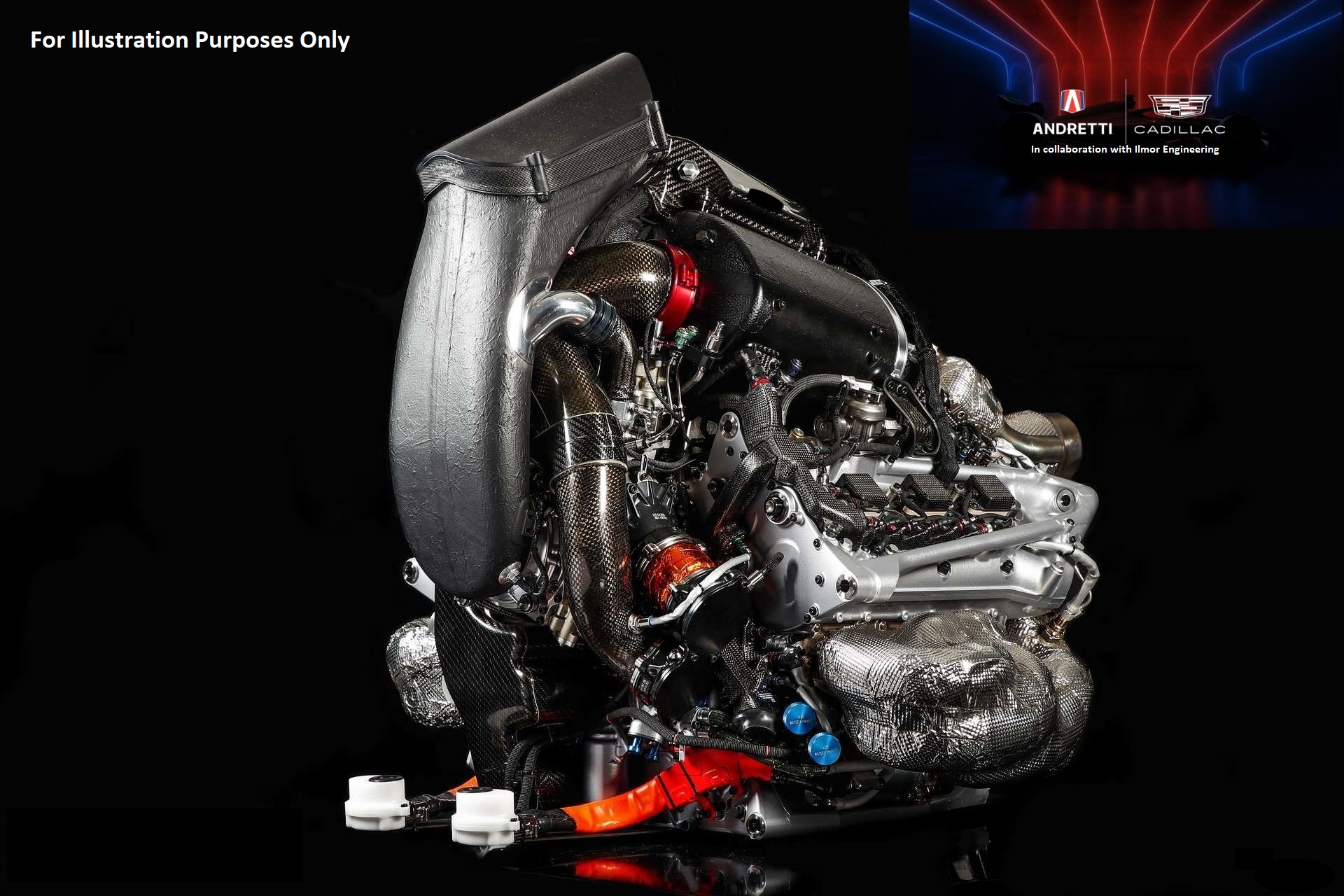Video: Why Are 2026 Formula 1 Engines Going To Lose So Much Power?
Formula 1 will see a major shake-up in 2026 as it moves to new power units and all new engine regulations. The overhaul will see combustion engine power drop, while the electric motor power will be increase significantly, nearly three times! This will dramatically change the way the vehicles perform, and how teams will develop winning strategies.
Engineering Explained discusses the big picture items, like how fuel flow rate will be changing from mass flow to energy flow, how the fuel chemistry will be changing, sustainable fuels, the MGU-K & MGU-H (or lack thereof), the energy allotments per lap, and what this all means for straight line speed. We’ll also look at the newly introduced airflow limits, and discuss the implications this may have on air/fuel ratios.
“FORMULA 1 TECHNOLOGY:
The engineering explained”
Now Available in the U.S.
FOR IMMEDIATE RELEASE
“FORMULA 1 TECHNOLOGY: The engineering explained”
by Steve Rendle
Price: $75.00
ISBN: 978-1-910505-73-1
Format: 272x228mm hardback
Page extent: 332
Illustration: 450 illustrations

LONDON (May 10, 2023) – “FORMULA 1 TECHNOLOGY: The engineering explained,” by Steve Rendle, is now available in the U.S.
This book explains how modern Formula 1 cars work and demystifies the extraordinary technology they contain. By meticulously dissecting an F1 car into its constituent components, the author describes the design, engineering and function of every element, enabling the reader to develop a full understanding of how it all comes together to form a competitive package.
The text is expertly written to satisfy both the engineering-minded reader as well as any enthusiast of the sport who wants to delve deeper, and supplemented by a superb range of close-up photographs, technical illustrations and diagrams.
All F1 fans will find this book a deeply rewarding companion to enhance their appreciation of the sport.
Key content:
• Chassis: design and manufacture; survival cell, fuel tank, impact structures, stiffness.
• Aerodynamics: principles, front and rear wings, turning vanes, sidepods, floor, wheels and their effect, brake ducts, suspension components, diffuser, Drag Reduction System (DRS).
• Suspension, steering and brakes: suspension layout, geometry and adjustments; steering wheel, column and geometry; brake hydraulics, brake-by-wire system, discs, calipers, pads and cooling.
• Power unit: the hybrid era, Internal Combustion Engine (ICE), Energy Recovery System (ERS), fuel.
• Transmission: clutch, gearbox, differential, driveshafts.
• Electronics: starting system, Electronic Control Unit (ECU), sensors, radio and data communications, cockpit display, cameras.
• And more: wheels and tires; hydraulic system; safety equipment; cockpit controls.
• Chapters about car design and set-up.
• Use of analysis and simulation techniques such as computational fluid dynamics (CFD), wind-tunnel testing and rig testing.
About the Author:
As a passionate follower of F1 and one-time technical author and editor at Haynes Publishing, Steve Rendle is ideally qualified to lift the lid on the modern F1 car. His track record of recent years includes authorship of three Haynes Manuals about super-successful F1 cars, namely the Red Bull RB6 (2010–14), the Williams FW14B (1992) and the McLaren MP4/4 (1988). All three received outstanding reviews, Autosport judging his Red Bull book, produced with the team’s full collaboration, as giving “unprecedented insight.” Now a freelance writer and editor, he has brought together all his accumulated technical knowledge and expertise in his latest book. He lives in Somerset, England.
Evro Publishing books are distributed in North America by Quarto Publishing Group USA. Books can be ordered from Quarto by email: sales@quarto.com; phone number: 800-328-0590; or website: www.quartoknows.com. Please use the relevant ISBN number when ordering.
“FORMULA 1 TECHNOLOGY: The engineering explained” is also available in the U.S. from specialist and online booksellers, as well as on evropublishing.com.
For more information about this book, or to request a review book and/or an interview, please contact Judy Stropus at jvstropus@gmail.com
